15 years ago, the first iPhone went on sale, which literally changed the world of smartphones. Since then, Apple has managed to gain a solid reputation and its phones are considered by many to be the best ever. At the same time, the iPhone was a very important product for the Californian giant. He managed to get him almost all the fame and shoot him among the most valuable companies in the world. Of course, since then, Apple phones have undergone huge changes, which also applies to the competition, which today is on the same level as iPhones. Therefore, we would not even find big differences between smartphones with iOS and Android (in the case of flagships).
It could be interest you
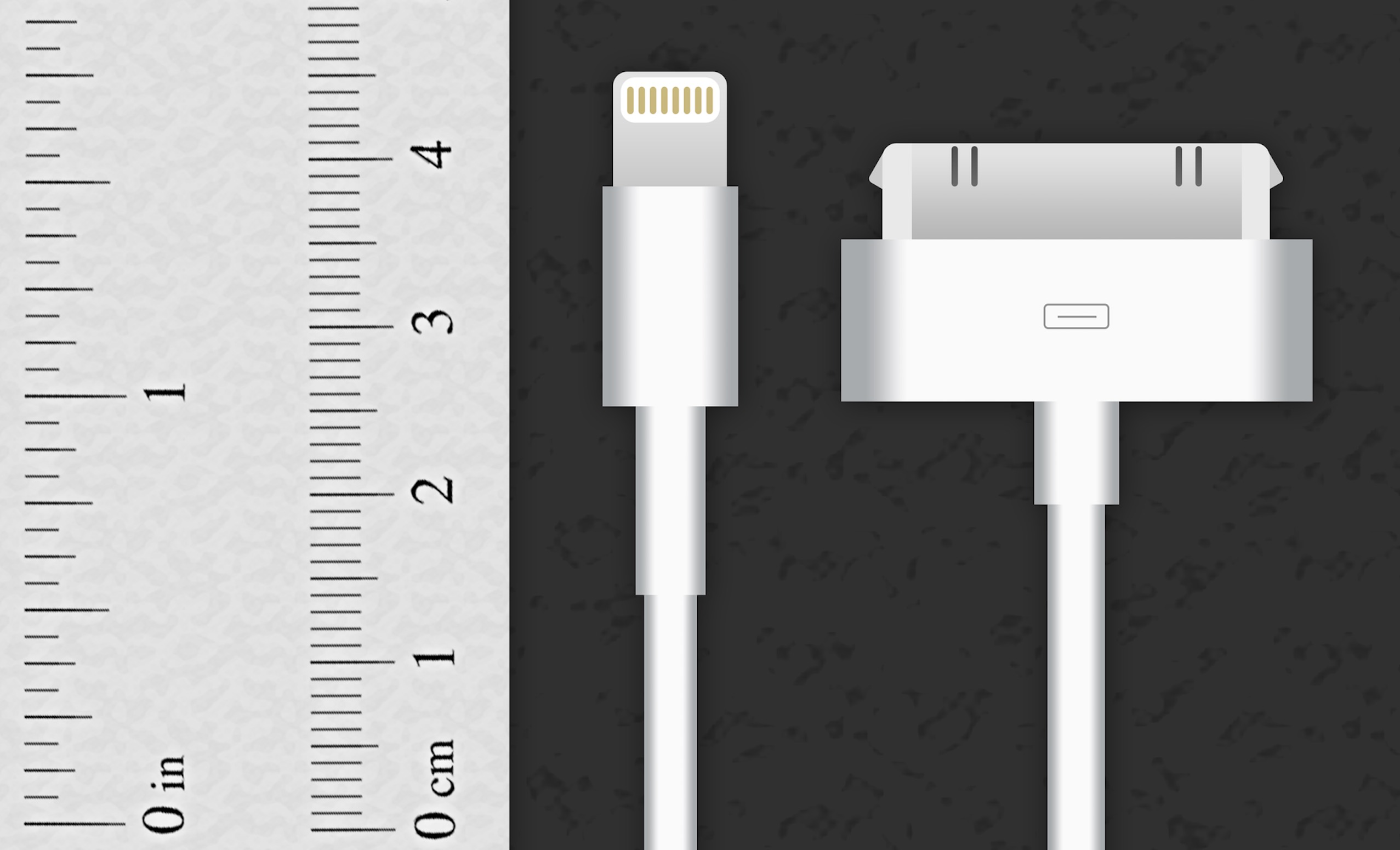
The first iPhone had a major impact on the entire smartphone market. But this must be taken with a grain of salt. It was the iPhone, which according to today's standards could be described as a truly smart mobile phone. So let's take a look at how Apple managed to change the whole world and how its first iPhone influenced the mobile phone market.
The first smartphone
As we mentioned above, the iPhone was the very first smartphone with which Apple managed to take everyone's breath away. Of course, even before its arrival, "smart" models from brands such as Blackberry or Sony Ericsson appeared on the market. They offered relatively rich options, but instead of full-fledged touch control, they relied on classic buttons, or even on (pull-out) classic QWERTY keyboards. The iPhone brought about a fairly fundamental change in this. The Cupertino giant opted for a completely touchscreen display with a single or home button, thanks to which the device could be conveniently controlled with just fingers, without the need for any buttons or styluses.
Although some may not have liked the completely touchscreen phone at first glance, no one can deny the effect it had on the entire market. When we look at the current range of smartphones, we can see at a glance how fundamentally Apple has influenced the competition. Today, almost every model relies on a touch screen, now mostly without a button, which has been replaced by gestures.
 Steve Jobs introduces the first iPhone.
Steve Jobs introduces the first iPhone.
Another change is connected with the arrival of a larger, completely touch screen. The iPhone made using the Internet on mobile phones much more pleasant and literally started the way we consume online content today. On the other hand, the Apple phone was of course not the first model that could access the Internet. Even before him, a number of phones with this option appeared. But the truth is that due to the absence of a touch screen, it was not entirely pleasant to use. A huge change has come in this regard. While before we had to use a computer or laptop to access the Internet (to search for information or to check our e-mail box), afterwards we could connect from practically anywhere. Of course, if we ignore the data prices in the very beginnings.
The beginning of quality photos and social networks
The advent of modern smartphones, which began with the first iPhone, also helped shape today's social networks. People, in combination with an Internet connection, had the opportunity to add a post to their social networks at any time, or to contact their friends literally immediately. If there wasn't such an option, who knows if today's networks would work at all. This can be seen beautifully, for example, on Twitter or Instagram, which are used for sharing posts and (mainly snapshots). For example, if we wanted to share a photo traditionally, we would have to get home to the computer, connect the phone to it and copy the picture, and then upload it to the network.
The first iPhone also started taking photos via the phone. Again, he was not the first in this, as hundreds of models that came before the iPhone had the camera. But the Apple phone came with a fundamental shift in quality. It offered a 2MP rear camera, while the then very popular Motorola Razr V3, which was introduced in 2006 (a year before the first iPhone), only had a 0,3MP camera. It's also worth noting that the first iPhone couldn't even shoot video, and it also lacked a selfie camera. Even so, Apple managed to do something that people immediately liked – they got a high-quality camera by the standards of the time, which they can carry in their pockets and easily capture all kinds of moments around them. After all, this is how the desire of manufacturers to compete in quality began, thanks to which today we have phones with lenses of unimaginably high quality.
It could be interest you
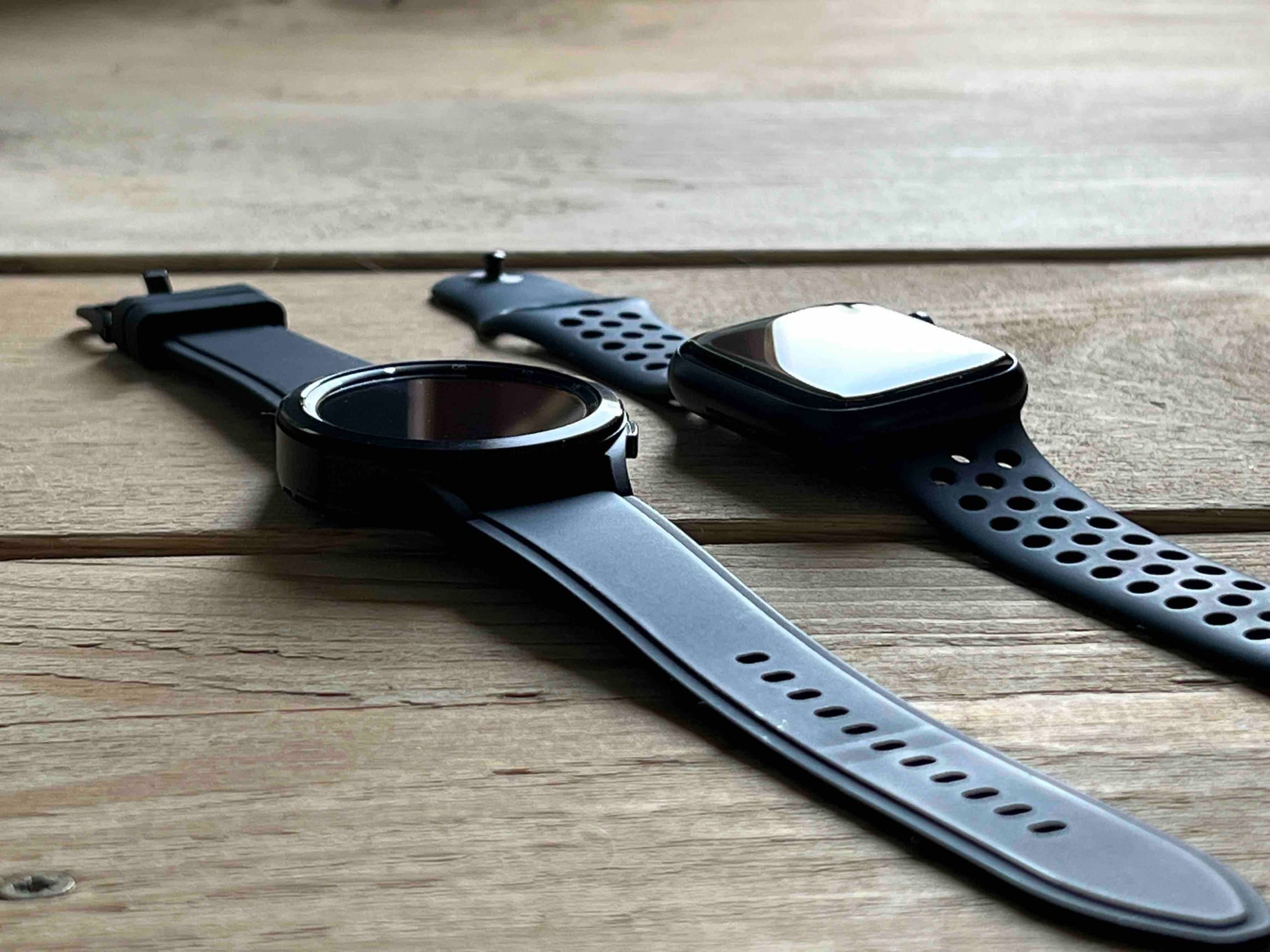
Intuitive operation
Intuitive control was also essential for the early iPhone. The larger and completely touch screen is partly responsible for it, which then goes hand in hand with the operating system. At the time, it was called iPhoneOS 1.0 and was perfectly adapted not only to the display, but also to the hardware and individual applications. After all, simplicity is one of the main pillars on which Apple builds to this day.
Additionally, iPhoneOS played an important role in empowering Android. Android was partly inspired by Apple's operating system and its simplicity, while thanks to its openness it subsequently reached the position of the most widely used system in the world. On the other hand, others were not so lucky. The arrival of iPhoneOS and the formation of Android cast a shadow over the then extremely popular manufacturers such as BlackBerry and Nokia. They subsequently paid for their restraint and lost their leadership positions.
 Flying around the world with Apple
Flying around the world with Apple 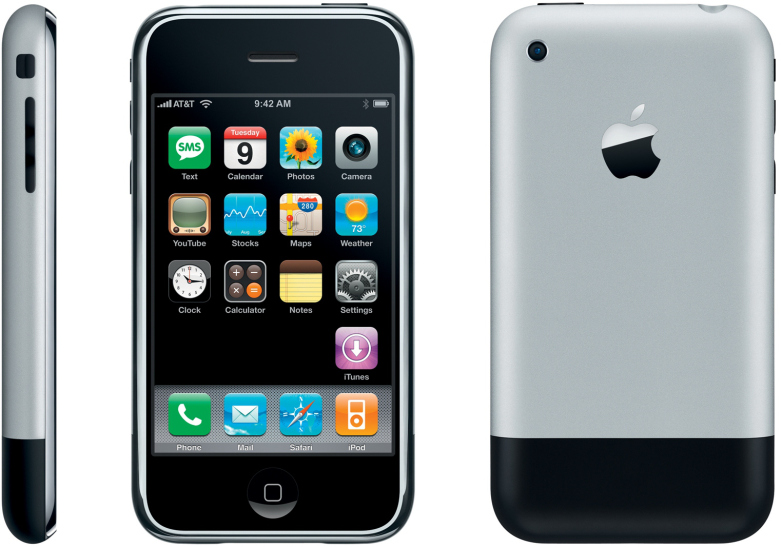

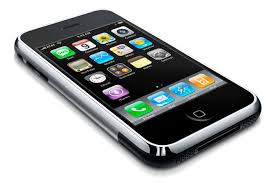
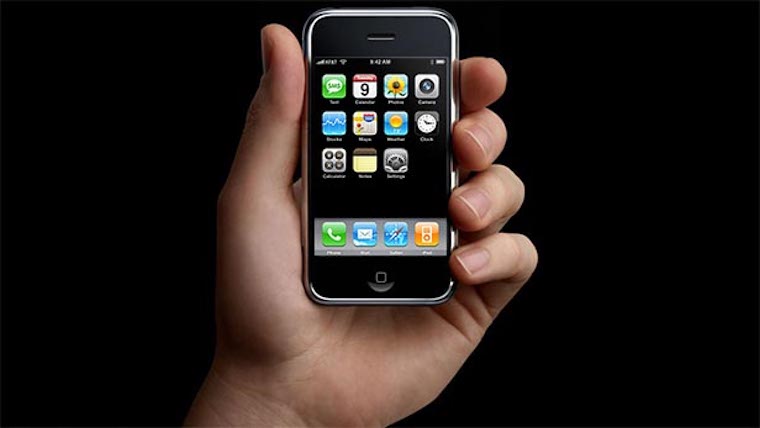
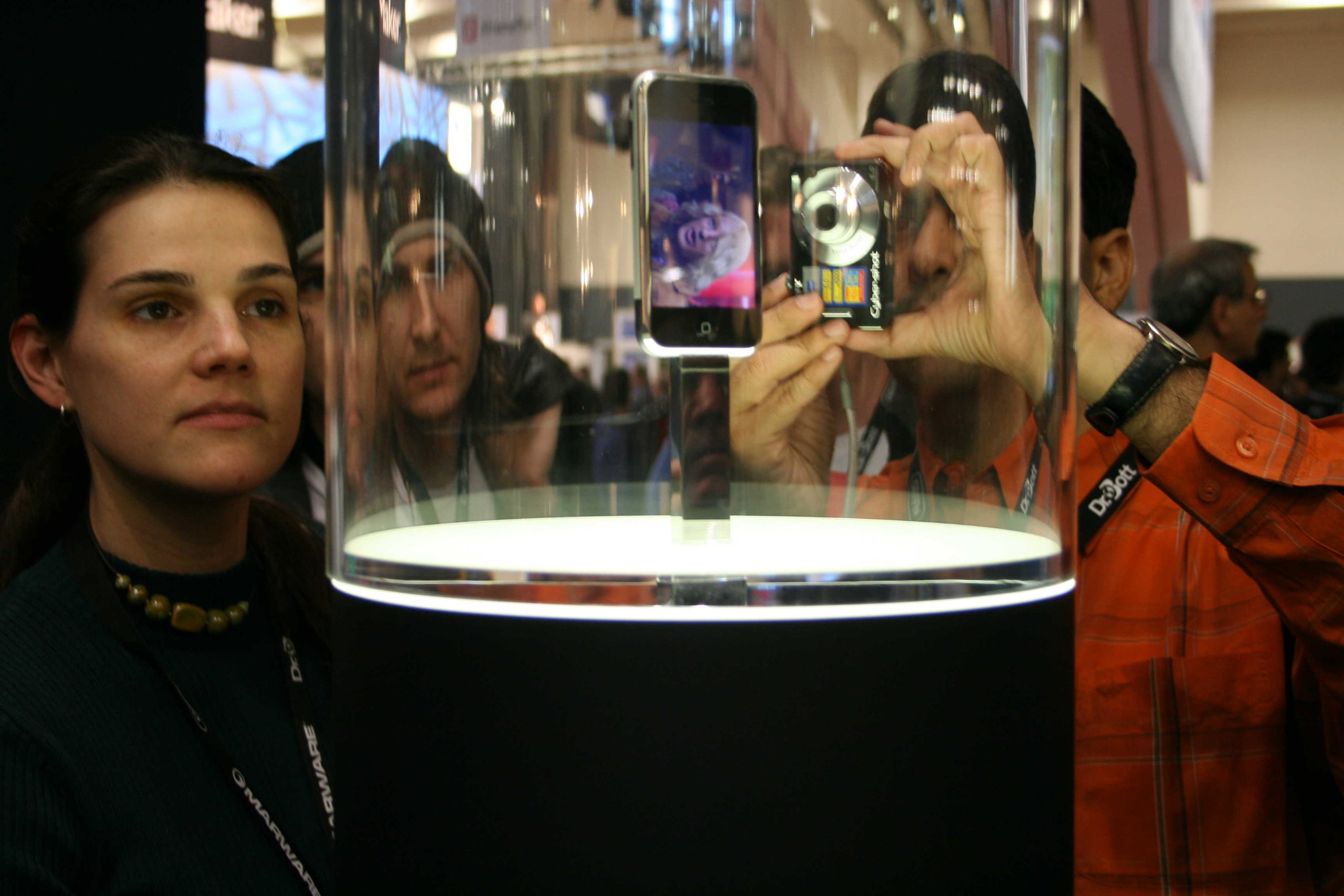
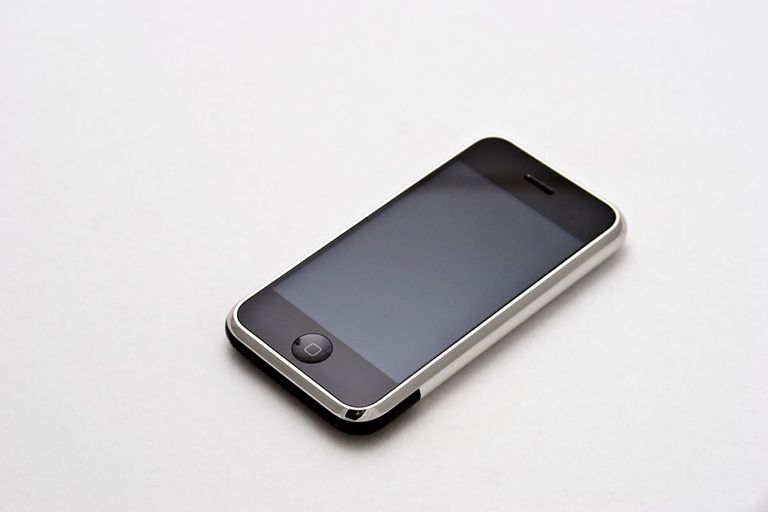
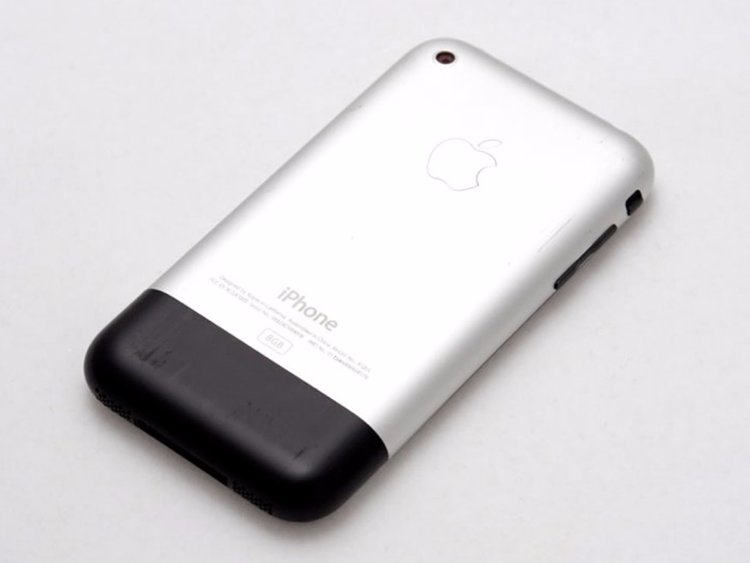
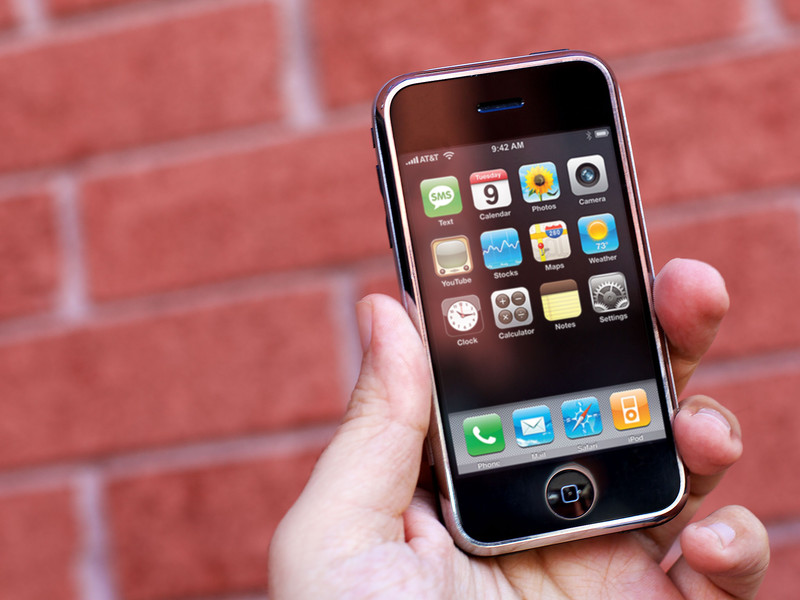
 Adam Kos
Adam Kos